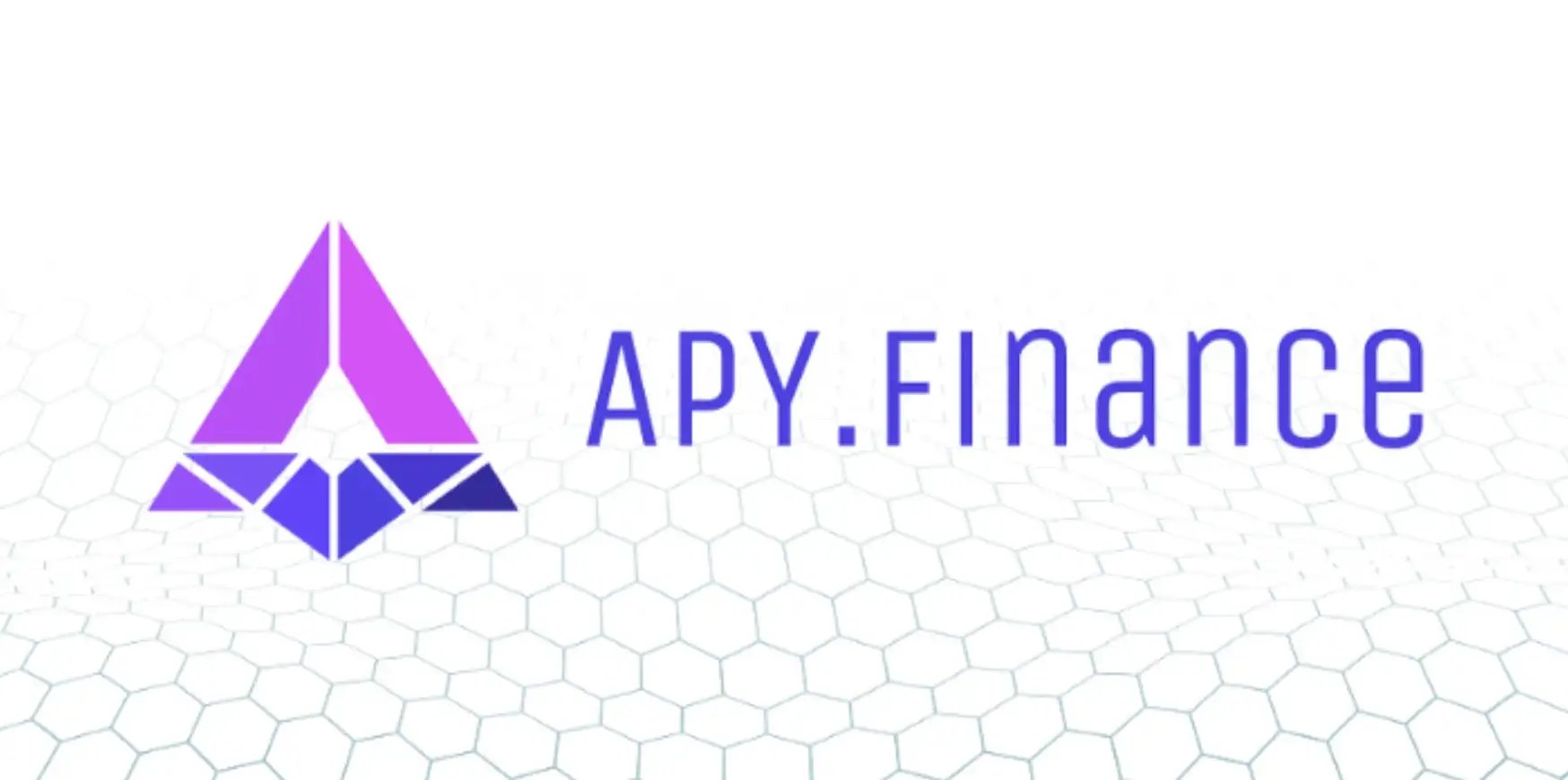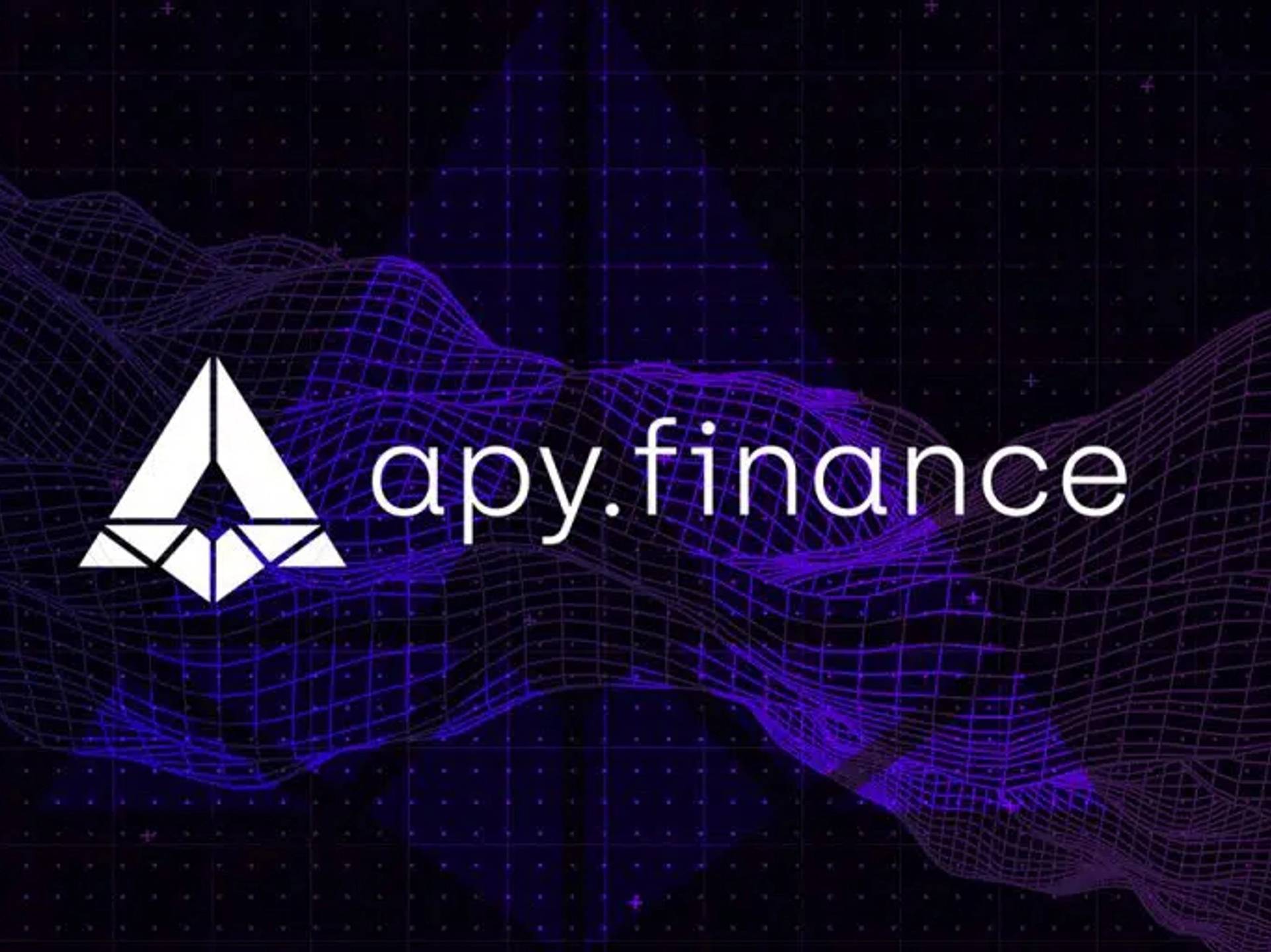订阅 wiki
Share wiki
Bookmark
APY Finance
APY Finance
APY Finance 是一个自动化收益耕作平台和加密货币,于 2020 年 8 月在 Kovan 测试网上启动,并演示了 Uniswap 路由智能合约。该协议由 APY 代币管理。APY.Finance 技术在 HackMoney 2020 黑客马拉松中获得第二名[1][2]。
APY.Finance 的流动性挖矿奖励计划于 2020 年 10 月 1 日启动,在第一个小时内锁定了 6700 万美元,并在第三个小时达到约 8000 万美元的峰值。
概述

APY.Finance 将其去中心化路线图分为三个不同的阶段。每个阶段都将授予 APY 代币持有者对平台的更多控制权,从而有权将底层流动性部署到 DeFi 协议中。从费用捕获到初始风险评分,再到全面的策略提案实施,策略的设计和资本的管理将 100% 由社区拥有[3][4]。
阶段 1
更新系统范围的参数
在 alpha 版本发布及其初始策略集后,APY 代币持有者将能够投票并更改系统参数,例如费用、风险评分、重新平衡阈值。
- 费用:虽然 APY.Finance 协议的初始迭代将为代币持有者提供 0% 的收益捕获,但社区将能够提出将产生的收益的百分比分配给 APY 代币持有者,以维护协议。社区成员提出的一个有趣的建议不是对收益回报收取费用,而是对节省的 gas 费用收取费用。随着协议的规模经济增长,每个用户的 gas 费用节省也会增加。
- 风险评分:每个提出和实施的策略都将具有相关的风险评分。APY 代币持有者通过提出和推送风险评分更新来分散风险评估,因为情况会发生变化。最终,社区不仅能够使系统保持最新状态,还可以根据其集体风险承受能力定制 APY.finance 平台。
- 重新平衡阈值:每个收益耕作者都会计算何时重新分配资本以及这样做的成本和收益。通常,这是通过根据某个内部阈值计算新策略的预期净收益来完成的。APY.Finance 让社区决定对于任何给定的策略,此阈值应该有多激进或保守。
阶段 2
更新对现有策略的更改
随着系统的发展和流动性的增长,下一阶段将允许 APY 代币持有者使用类似于 furucombo 的 UI 来管理现有策略。用户可以无缝地在任何收益耕作策略中添加和删除步骤,而无需涉及 Solidity 工程师。当提案通过时,该策略将通过通用架构自动更新。
阶段 3
提出全新的策略
一旦系统充分去中心化和稳定,APY 代币持有者将能够完全提出新的策略,并影响资金向各种 DeFi 协议的部署。
APY 流动性池
APY 流动性池是处理单一货币的存款和取款的合约集合。这些合约协同工作以形成单一的流动性池。当发送者存入合约时,他们会收到 APT 代币,以代表他们在池中的份额[5]。
每个流动性合约都使用现有的 Chainlink 聚合器确定其储备的名义价值。APY Finance 使用 ETH 计价的聚合器,因为它们更新更频繁并且有更多的赞助商。
APY 代币

$APY,APY.Finance 的治理代币,激励社区在 DeFi 格局变化时更新策略模型和风险评分[3]。
2020 年 9 月 20 日,APY.Finance 宣布了一项流动性挖矿奖励计划,该计划于美国东部时间 10 月 1 日晚上 8 点开始。用户能够存入三种稳定币 - DAI、USDC 和 USDT - 以开始赚取该平台未发布的 APY 治理代币。
流动性挖矿奖励计划
在将资金存入合约后,用户将收到 APT 代币(不要与 APY 治理代币混淆),这使他们有权获得他们在池中资产份额的索赔。就像 Balancer 池代币 (BPT) 或 Uniswap LP 份额 (UNI) 一样,用户可以通过 APY.Finance 智能合约燃烧他们的 APT 代币,从资产池中取回他们的稳定币份额。
通过持有 APT 代币,用户还将自动挖掘 APY 代币。一旦平台完全运行,这将使他们有权获得收益耕作和流动性挖矿回报。
正如 APY.Finance 团队所描述的那样,其 APT 代币与 Balancer 的 BPT 代币相当,后者代表用户在 Balancer 池中的股份。同样,APY 代币可以与 Balancer 的 BAL 代币进行比较,后者用于流动性挖矿和一般协议升级的治理。
APY 代币供应量的 31.2% 已分配给流动性挖矿奖励,总计 31,200,000 个 APY 代币。其中 900,000 个将在流动性挖矿的第一个月内被挖掘,占总供应量的 0.9%。奖励将与在计划过程中提供给池的流动性百分比成正比。在 TGE 之后,APY 代币将在 6 个月的时间内以逐块的方式归属,使用 Synthetix 归属合约。
APY.Finance 的流动性挖矿奖励计划在第一个小时内锁定了 6700 万美元,并在第三个小时达到约 8000 万美元的峰值。在三种符合条件的稳定币中,有超过 1000 名独特的存款人。
APY LP 奖励计划
2020 年 11 月 10 日,APY Finance 宣布了 APY LP 奖励计划,该计划旨在奖励通过 Balancer 或 Uniswap 提供流动性的代币持有者。通过 Balancer 和 Uniswap 提供流动性的代币持有者能够通过 11 月 13 日上线的奖励 UI 赚取 APY 代币奖励。在 11 月 13 日之前提供流动性的代币持有者获得了追溯奖励[9][10]。
种子轮融资
2020 年 9 月,APY.Finance 在私募中筹集了 360 万美元。来自加密货币领域的著名投资公司参与了此次发行,包括 Alameda Research、Arrington XRP Capital、CoinGecko、Cluster Capital 和 ParaFi Capital。
根据官方博客文章,代币分配将看到 20% 分配给种子轮投资者,价格为每个代币 0.09 美元(归属期为一年),16.5% 保留给战略投资者,价格为每个代币 0.135 美元(归属期为一年)。此外,20% 也将保留给团队和顾问(归属期为一年,然后是三年的线性释放)。一旦整个 APY 代币供应量被释放,社区可能只能控制治理代币供应量的 43.5%。
团队
- Will Shahda - 首席执行官兼 Solidity 工程师
- Chan-Ho Suh - Solidity 工程师
- Jonathan Viray - 全栈工程师
- Dina Deljanin - 前端工程师
- Jason Tissera - 产品
顾问
- Sunil Srivatsa - DeFi 策略顾问,Urza DAO 联合创始人
- Pascal Tallarida - 顾问,Jarvis 创始人
投资者
- Alameda Research
- Arrington XRP Capital
- Cluster Capital
- CoinGecko
- Genblock Capital
- TRG Capital
- The LAO
- Vendetta Capital
发现错误了吗?
